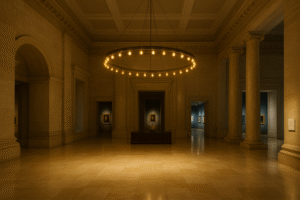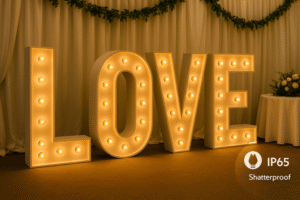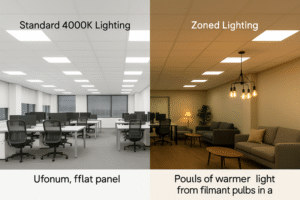Are rising electricity bills and the cost of frequent bulb replacements a concern? Lighting costs involve more than the purchase price—they include ongoing energy use and maintenance fees.
To effectively lower LED bulb costs, focus on three key areas: choose products with a very long lifespan to reduce replacement frequency, select durable, properly-rated fixtures for the environment to avoid premature failure, and buy directly from a manufacturer to get better prices and quality assurance.
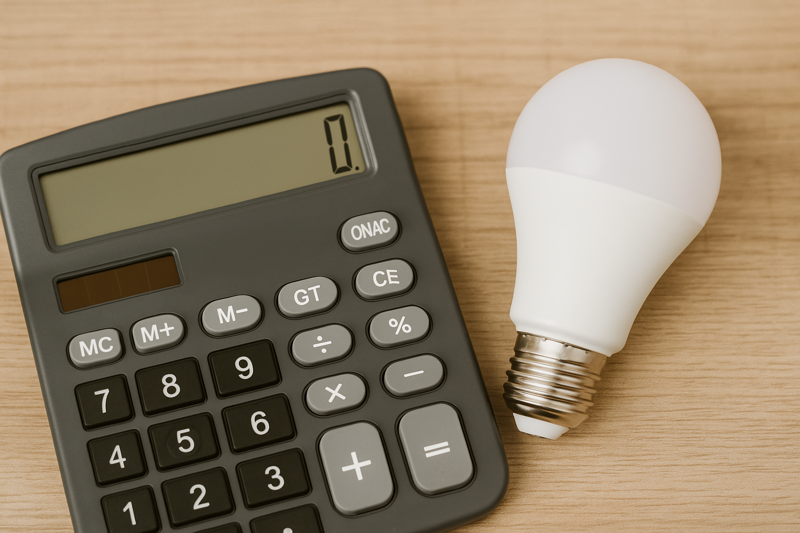
As a purchasing manager or business owner, you look at the total cost of ownership (TCO), not just the initial price tag. A bulb that seems cheap initially can end up costing you much more in high electricity bills and frequent replacement costs if it's inefficient or not right for your environment. In my career, I've helped countless clients optimize their lighting plans. The core idea is always to shift focus from "purchase price" to "long-term value." Here are a few of the most important strategies I share with them.
Is Choosing Longer-Lasting Bulbs the Key to Saving Money?
Are you tired of climbing a ladder every few months to replace a burnt-out bulb? This repetitive work is time-consuming, and the cost of replacement bulbs adds up over time.
Yes, choosing long-life LED bulbs is the most direct way to lower your total cost. A bulb rated for tens of thousands of hours means you won't need to worry about replacement materials or labor costs for many years to come.
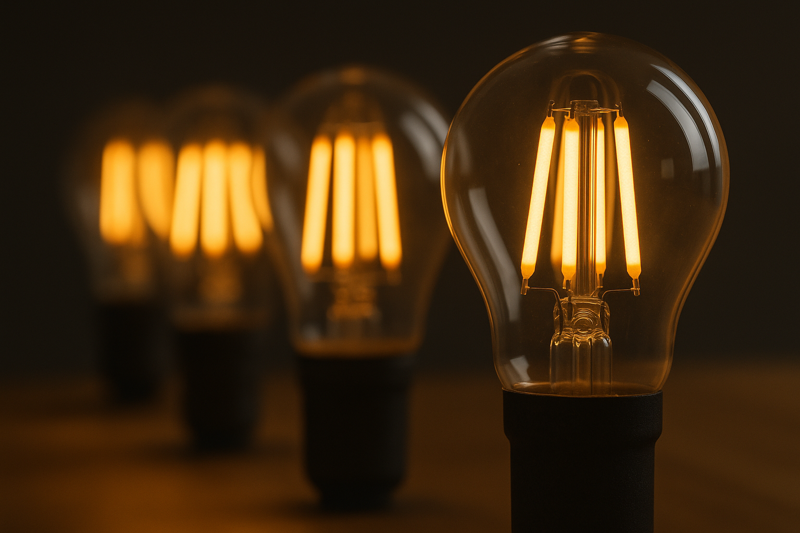
Total Cost of Ownership is a much more important concept than unit price. It includes the initial purchase cost, the energy cost over its life, and any maintenance or replacement costs. With LED lighting, the initial price is just a small part of the equation. I had a client, Jacky, who chose a batch of very cheap bulbs with a short lifespan to save on his initial budget. In less than a year, the material and labor costs to replace those failed bulbs far exceeded the money he originally saved. It was a classic lesson: the true value of a high-quality LED product is found in its long-term reliability.
Understanding the Value of Lifespan With Data
High-quality LED fixtures typically offer a lifespan ranging from 15,000 to 35,000 hours or even more. A bulb with a 35,000-hour life could last nearly 12 years if used for 8 hours a day.
Let's compare this with a simple table:
| Feature | Bulb B (High-Quality, Long Life) | Bulb A (Cheap, Short Life) |
|---|---|---|
| Initial Price | $3.00 | $1.50 |
| Rated Lifespan | 30,000 Hours | 5,000 Hours |
| Replacements in 10 Yrs | 0 | 5 |
| Total Bulb Cost in 10 Yrs | $3.00 | $1.50 (initial) + $7.50 (replacements) = $9.00 |
| Conclusion | Higher initial cost, but much lower long-term cost. | Seems cheaper, but total spending is higher. |
This calculation doesn't even include the labor costs for replacing the bulbs. For commercial projects like hotels, offices, or factories, labor can be more expensive than the bulbs themselves. Therefore, as a professional buyer, you should always consider the product's rated lifespan1 a key performance indicator. Choosing a supplier like us, who provides high-quality, long-life LED filament bulbs and G4/G9 lamps, is a smart way to control long-term costs from the source.
How Can You Lower Maintenance Costs by Choosing the Right Fixture?
Have you ever had an outdoor fixture fail quickly due to rust, or a bathroom bulb die from humidity? Making the wrong choice leads to expensive maintenance and frequent replacements.
Selecting a fixture designed for its specific environment dramatically reduces maintenance costs. For example, in outdoor or harsh settings, choose products made of high-performance, corrosion-resistant materials with a high IP rating (like IP66) to prevent premature failure.
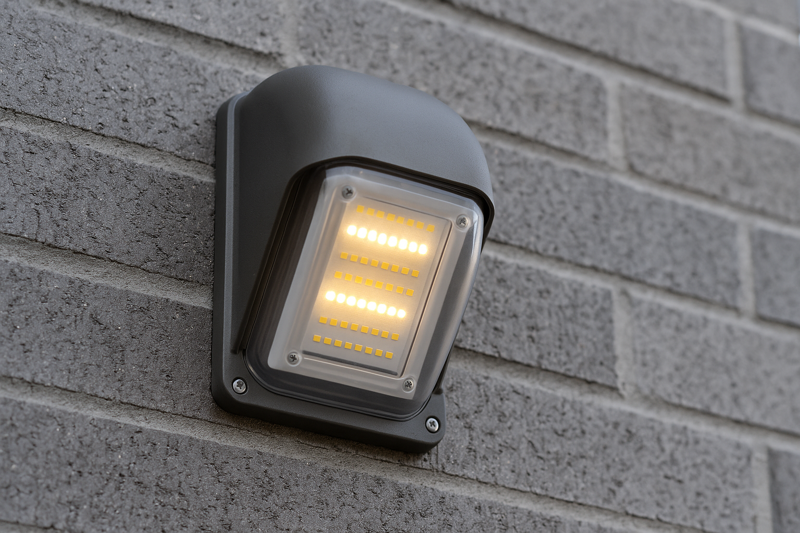
A product's durability is directly linked to its service life and how often it needs maintenance. I've found that many premature fixture failures aren't due to quality issues but because they were "used in the wrong place." For instance, a beautifully designed indoor fixture (usually rated IP20) installed on a semi-outdoor balcony will quickly fail. The humid air and occasional rain will corrode its internal circuits. The correct approach is to match the product to the environment.
Key Metrics for Durability
To ensure a fixture works reliably in its environment, pay attention to these factors:
- Materials: High-quality fixtures use materials that can withstand environmental challenges. For example, some light bodies use high-performance resin2, which resists corrosion from atmospheric agents or even chemical fertilizers—critical for garden or agricultural lighting.
- Temperature Range: If your project is in a region with fluctuating climates, the fixture's ability to handle thermal expansion and contraction is vital. A product that can operate reliably in a wide temperature range, from freezing winters to hot summers, is essential.
- IP Rating (Ingress Protection)3: This is the international standard for a fixture's resistance to dust and water.
- IP20: Suitable for dry indoor areas like bedrooms and living rooms.
- IP54: Protects against dust and water splashes, making it suitable for damp locations like kitchens and bathrooms.
- IP66: Completely dust-tight and can withstand powerful water jets, perfect for exposed outdoor walls and decks.
Choosing the right fixture for your project is an investment that pays off in the long run. It not only ensures stable performance but also saves you the repair, replacement, and downtime costs associated with damaged equipment. We are committed to providing robust and reliable lighting solutions that help your business shine in any environment.
Can Buying Directly From the Factory Lower My Initial Costs?
Do you find that the lighting market has confusing pricing, with multiple middlemen adding markups that drive up your procurement costs? Finding a reliable and reasonably priced source is every buyer's goal.
Yes, sourcing directly from a manufacturer like us eliminates the costs associated with middlemen. This allows you to get high-quality, energy-efficient LED lighting products at factory prices, significantly reducing your initial purchasing cost.
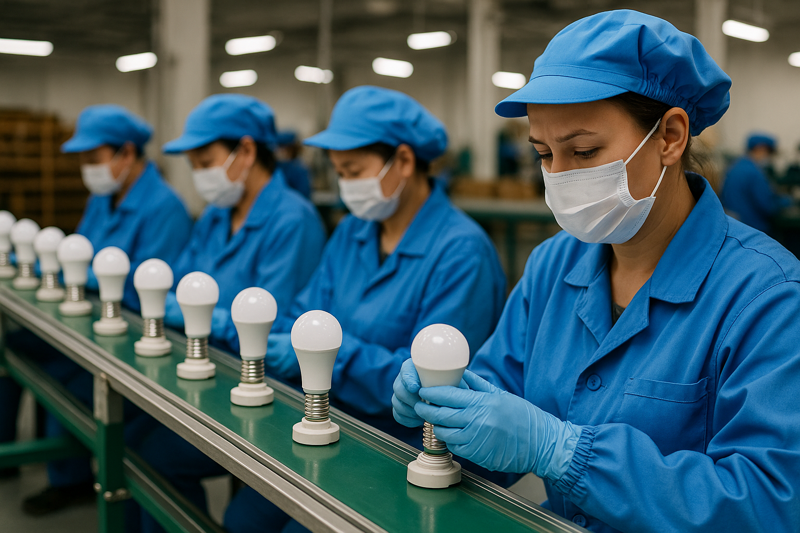
The traditional supply chain often looks like this: "Manufacturer -> Distributor -> Wholesaler -> Retailer -> Customer." Each step adds a profit margin, leading to a higher final price for you. By working directly with a factory in a B2B model, you can bypass these extra layers. This provides several key advantages.
The Value of Direct Sourcing
As a marketing manager who has been in the manufacturing industry for years, I know the value of direct communication with clients. This isn't just about better pricing; it's about efficiency and quality assurance.
- Price Advantage: This is the most obvious benefit. You get access to "factory-direct pricing4," which means huge cost savings for wholesalers and large project contractors. The proforma invoices between our company and clients like Light Makers B.V. in the Netherlands show these direct transactions .
- Quality Assurance: When you deal directly with the factory, you have a clear line of sight into the production process, quality control standards, and materials used. We encourage clients to visit our facility in Dongguan to see our craftsmanship firsthand, from glass blowing to final assembly.
- Energy Efficiency: As a manufacturer, we focus on core performance metrics like energy efficiency5. Our LED filament bulbs and other products are designed to be highly efficient, which reduces long-term electricity costs for you or your customers .
- Efficient Communication: If you have custom requests or technical questions, you can speak directly with our engineering teams, avoiding the delays and miscommunication that can happen when messages are passed through intermediaries.
In short, choosing a reliable manufacturer as your direct supplier is a strategic decision that maximizes cost-effectiveness. It lowers your initial purchasing cost and reduces your long-term operating costs by providing high-quality, long-lasting, and energy-efficient products.
Conclusion
Effectively reducing LED lighting costs is a strategic process. It requires looking beyond the initial price to the product's entire lifecycle, choosing durable and long-lasting options, and partnering directly with a reliable source manufacturer.
Understanding rated lifespan helps in making informed decisions for long-term savings and efficiency. ↩
Exploring the advantages of high-performance resin can guide you in selecting fixtures that resist corrosion and last longer. ↩
Understanding IP ratings helps you choose the right fixture for specific environments, ensuring durability and performance. ↩
Explore this link to understand how factory-direct pricing can lead to significant cost savings and better deals for your business. ↩
Learn about the importance of energy efficiency in manufacturing and how it can reduce long-term costs for your operations. ↩





